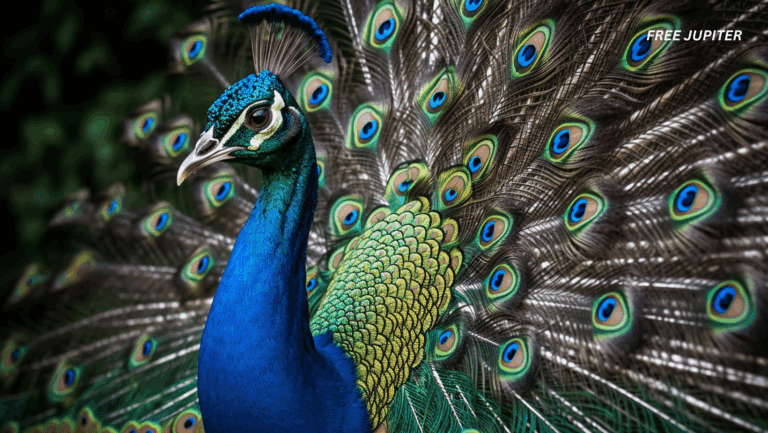As spring ushers in warmer days, many across the United States brace themselves for the annual return of allergy season-a period marked by sneezing, itchy eyes, and congestion for millions. Yet, recent scientific observations reveal that this season is not only arriving earlier but also stretching longer and intensifying in severity, driven largely by environmental shifts over the past few decades.
The Expanding Timeline of Allergy Season
Traditionally, allergy season has been a relatively predictable cycle, beginning in early spring and tapering off by late fall. However, new research indicates that these boundaries are shifting. Over the last 30 years, the window during which plants release pollen-the primary trigger for many seasonal allergies – has expanded notably. The Allergy and Asthma Foundation of America reports that growing seasons, the periods when plants actively develop and bloom, now commence earlier in the year and extend further into autumn compared to three decades ago.
Supporting this, data from the USA National Phenology Network highlights a substantial increase in pollen levels, with concentrations rising by as much as 21% across North America. This means that not only are allergy seasons longer, but the amount of airborne pollen that individuals are exposed to has escalated significantly.
Read more: The Truth About Apple Cider Vinegar: Health Perks, Risks, and Recommended Dosage
Why Are Allergies Becoming More Persistent and Potent?
The root causes of these changes are multifaceted but closely tied to climate dynamics. Experts point to the warming global climate and elevated carbon dioxide emissions as key factors. Dr. William Reisacher, an otolaryngic allergist affiliated with Weill Cornell Medicine and New York-Presbyterian Hospital, emphasizes that warmer temperatures contribute to longer pollination periods and heightened pollen levels. “We’re witnessing seasons that stretch out and pollen counts that climb,” he notes.
Plants respond to increased carbon dioxide-a byproduct of fossil fuel combustion-by growing more vigorously and producing greater quantities of pollen. This phenomenon is particularly pronounced in species like ragweed and various grasses, notorious for triggering allergic reactions. Furthermore, the delay in the onset of the first frost, a natural pollen suppressant, allows pollen to linger in the atmosphere longer each year.
Understanding the Mechanics of Seasonal Allergies
Allergic reactions occur when the immune system mistakenly identifies harmless substances-such as pollen-as threats and mounts an exaggerated defense. This immune response releases chemicals like histamine, which cause symptoms including sneezing, nasal congestion, runny nose, and itchy, watery eyes. For some, these symptoms can escalate to severe, even life-threatening conditions.
According to the Centers for Disease Control and Prevention, approximately 25.7% of adults and 18.9% of children in the U.S. experience seasonal allergies. These figures underscore the widespread impact of pollen-related allergies on public health.
The Role of Climate Change in Lengthening Allergy Seasons
Climate change plays a pivotal role in altering allergy patterns. Research has demonstrated that the average allergy season has lengthened by about 13 days over the past two decades. A study from the University of Michigan projects that by the end of this century, pollen release could begin up to 40 days earlier in spring, potentially adding nearly three weeks of high pollen exposure annually.
Warmer temperatures not only extend the growing season but also increase the frequency of storms, which can disperse pollen over greater distances and deepen its penetration into the respiratory system. Dr. Reisacher explains that these airborne particles become more allergenic as they travel further, exacerbating symptoms.
Read more: The More Siblings You Have, The Worse Your Mental Health Is
Regional Variations and Emerging Trends
The impact of these changes is not uniform across the country. Southern and eastern states are experiencing some of the longest allergy seasons, sometimes extending year-round due to milder winters. Cities like Houston and Atlanta see earlier tree pollen emergence and prolonged grass pollen seasons. Even regions historically known for brief allergy periods, such as parts of the Mountain West, are reporting extended pollen seasons.
For instance, the growing season in Medford, Oregon, and Myrtle Beach, South Carolina, has lengthened by more than 50 days since the 1970s. In Reno, Nevada, allergy season now lasts over three months longer than it did decades ago.
Preparing for and Managing Allergy Symptoms
With allergy seasons becoming more challenging, managing symptoms effectively is crucial. Over-the-counter antihistamines that provide 24-hour relief are commonly recommended as a first step. Nasal sprays-both steroidal and antihistaminic-and eye drops can also help alleviate specific symptoms.
For those seeking longer-term solutions, allergy immunotherapy, such as allergy shots, may offer significant relief by gradually desensitizing the immune system to allergens. Dr. Thanai Pongdee, an allergist-immunologist at Mayo Clinic, advises that starting medications several weeks before pollen season can improve their effectiveness.
Practical measures at home can also reduce pollen exposure. Keeping windows closed during peak pollen times, typically early mornings, using air conditioning with high-efficiency filters, and changing clothes after outdoor activities can limit indoor pollen accumulation. Showering to remove pollen from skin and hair before bedtime helps create a pollen-free sanctuary, especially in the bedroom, allowing the immune system to rest.
Looking Ahead: What to Expect in 2025 and Beyond
Experts anticipate that the trends observed in recent years will continue, with allergy seasons beginning even earlier and lasting longer. Projections for 2025 suggest spring allergies could start up to three weeks sooner than historical averages, while fall allergies may persist later into the year, particularly in southern states. This could lead to overlapping allergy seasons, complicating symptom management.
Moreover, allergens are likely to spread into regions previously unaffected or less affected, altering the geographic landscape of seasonal allergies. Northern states might encounter pollen types traditionally associated with southern climates, and overall pollen intensity may become more variable, with short bursts of severe symptoms becoming more common.
Read more: Science Reveals the One Wake-Up Time That Practically Guarantees You’ll Be Your Happiest
Community and Healthcare Responses
In response to these evolving patterns, urban planners are incorporating allergy considerations into city landscapes by selecting low-allergen plants for public spaces and enhancing air quality monitoring. Healthcare providers are adjusting resources and expanding telemedicine options to accommodate the growing number of allergy sufferers.
Conclusion
The lengthening and intensification of allergy seasons reflect broader environmental changes driven by climate dynamics and human activity. As pollen seasons extend and pollen counts rise, more individuals will face the challenges of seasonal allergies. Understanding the causes and adopting effective management strategies can help mitigate the impact on daily life. With ongoing research and adaptive measures, communities and individuals alike can better prepare for the evolving allergy landscape in the years ahead.










